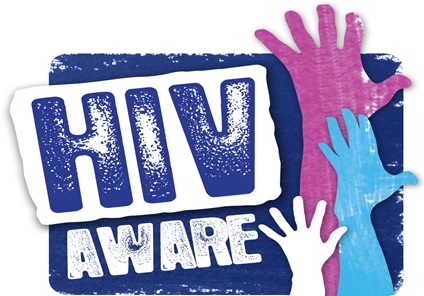Information Gap in the Context of HIV
The accurate knowledge about HIV is low among youth, but it is even lower for female youth. Female youth have not as much of access to HIV information and also they face social and cultural barriers in receiving information about HIV. Receiving information from peers may not be equally effective in improving knowledge, than receiving information from school. Here peers may hold insufficient or incorrect information compared to the information provided by teachers.
The main aim of this paper is to examine gender differences in access to HIV information and to highlight the difficulties in ensuring gender equity in access to such information. It tries to promote gender awareness and increase gender equality in accessing HIV prevention programs. In order to promote gender awareness and increase gender equality, the youth specific activities including mass and print media campaigns, delivery of life skills education through youth organizations, integration of HIV prevention into secondary and higher secondary curricula, and making health services more youth friendly is necessary.
Reference:
Health and Science Bulletin: Reaching women and girls: Experiences of a national HIV prevention programme in Bangladesh. (2009, December). ICDDR,B Center for Health and Population Research, pp. Vol. 7, No. 4.


